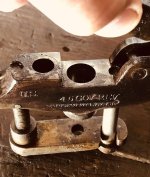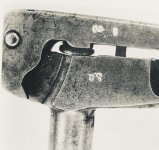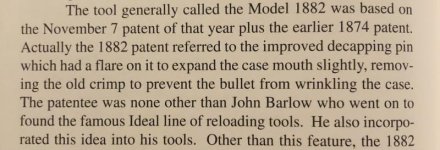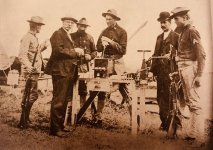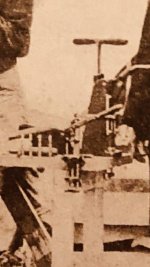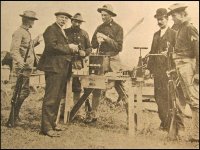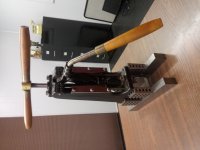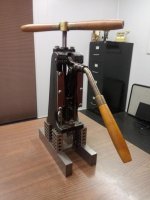I'm trying to prove that Winchester Reloading tools were used by the U.S. Military beyond 1900. Winchester is documented as not winning the contract during the trials of 1879-1884. However, it is clearly documented that the various Forts etc preferred the Winchester Tools over the Frankford Arsenal sets.
The rare Schofield caliber tool seen in Photo 1 has been heavily machined and modified by the U.S. Army. Notice the additional studs, bored and sleeved primer pocket, bored threaded and inserted loading boss.
I've actually seen this modification before but didn't put it together with the Military Arsenals doing the work. It's obvious now that they did the work.
My question is does anyone have one of these in their collection?
Murph
The rare Schofield caliber tool seen in Photo 1 has been heavily machined and modified by the U.S. Army. Notice the additional studs, bored and sleeved primer pocket, bored threaded and inserted loading boss.
I've actually seen this modification before but didn't put it together with the Military Arsenals doing the work. It's obvious now that they did the work.
My question is does anyone have one of these in their collection?
Murph

